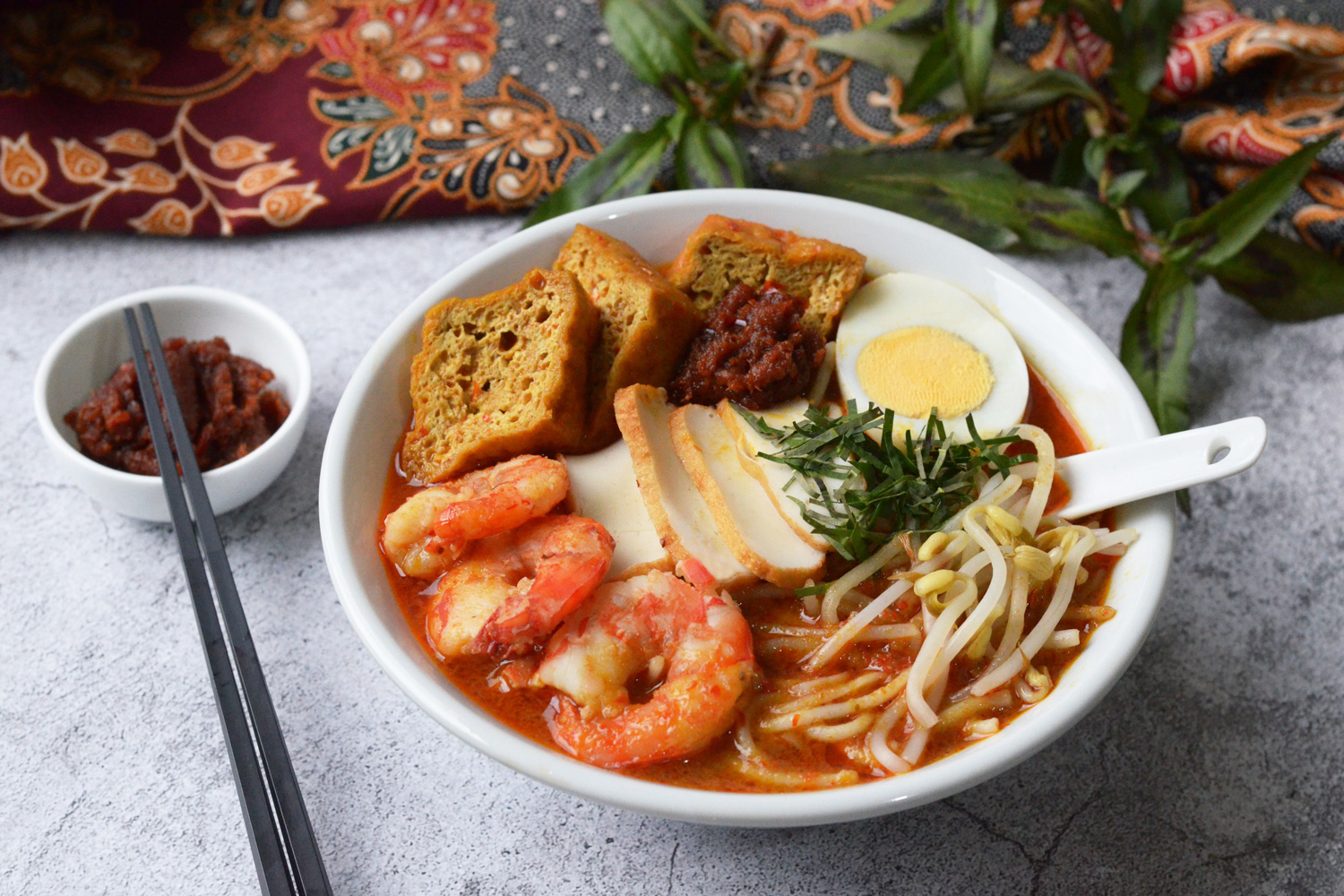pokomde.info – Sake is a traditional Japanese alcoholic beverage that has been enjoyed for centuries. Although often called “rice wine,” sake is brewed in a process more similar to beer, where rice starch is converted into sugar and then fermented into alcohol. This unique drink is deeply tied to Japan’s culture, history, and rituals, making it a symbol of Japanese tradition.
A Brief History of Sake
The history of sake stretches back over 2,000 years, though its exact origins remain unclear. It likely began when rice farming was introduced to Japan from China around the third century BCE. In its earliest days, sake was brewed using a method called kuchikami no sake, where villagers would chew rice and grains to break down the starches before fermentation. As unappetizing as that may sound, this method eventually gave way to more sophisticated brewing techniques.
By the Nara period (710-794), sake had become an essential part of Japanese life, and its brewing was refined. In the Heian period (794-1185), sake became integral to religious ceremonies, especially in Shinto rituals. By the Edo period (1603-1868), sake breweries were thriving across Japan, and the drink became widely available.
The Sake Brewing Process
Sake production is an intricate and time-consuming process involving several stages:
- Rice Polishing – Brewing sake starts with polishing the rice. The outer layers are milled away to remove proteins and fats, leaving only the starchy core. The more polished the rice, the higher the quality of the sake, with premium types using rice polished to as little as 50% of its original size.
- Washing and Soaking – The polished rice is carefully washed and soaked to prepare it for steaming.
- Steaming – The soaked rice is steamed to soften it for fermentation.
- Koji Making – A portion of the steamed rice is inoculated with koji mold (Aspergillus oryzae). This mold produces enzymes that break down the rice’s starches into sugars, which are crucial for fermentation.
- Fermentation – The koji rice is mixed with additional steamed rice, water, and yeast. This mixture is left to ferment over several weeks, during which the sugars convert into alcohol.
- Pressing, Filtering, and Pasteurization – After fermentation, the sake is pressed to separate the liquid from the solids. It is then filtered and often pasteurized to ensure a stable product.
Types of Sake
Sake comes in many varieties, distinguished by the polishing of the rice and the brewing process. Some of the most common types include:
- Junmai – A pure sake made with only rice, water, yeast, and koji. No additional alcohol is added.
- Ginjo – A premium sake made from rice polished to at least 60%. It has a lighter, more fragrant profile.
- Daiginjo – An even more refined sake, with rice polished to at least 50%. This is considered one of the highest quality categories of sake.
- Nigori – A cloudy sake that contains some rice sediment, giving it a sweet and creamy texture.
- Futsu-shu – A basic table sake that does not require the same polishing standards but is still popular in everyday drinking.
How to Enjoy Sake
Sake can be served in a variety of ways, and its temperature plays a big role in how it tastes. Premium sake, like ginjo or daiginjo, is usually served chilled to preserve its delicate flavors. More robust types, like junmai, are often enjoyed warm, especially during colder months.
Sake is traditionally served in small cups called ochoko or in square wooden boxes known as masu. Drinking from a masu can give the sake a slightly woody flavor, adding to the experience.
Sake’s Cultural Importance
Sake is more than just a drink in Japan—it has deep cultural and spiritual significance. In Shinto rituals, sake is used to purify spaces and as offerings to the gods. Special occasions, like weddings, often include a sake ceremony called san-san-kudo, where the bride and groom share cups of sake to symbolize their union.
At traditional festivals, such as Kagami Biraki (Breaking of the Sake Barrel), large barrels of sake are ceremonially opened, and the drink is shared among participants to bring good luck and fortune. Sake is also a common offering in both Shinto and Buddhist temples, highlighting its role in spiritual life.
Sake Today
In recent years, sake has seen a resurgence in popularity around the world. New brewing techniques and creative flavors are being developed, allowing sake to be paired with a wide range of foods, not just Japanese cuisine. Sake bars and tasting events have popped up internationally, and it’s increasingly common to see sake featured on fine dining menus.
Despite its ancient origins, sake continues to evolve, balancing its historical roots with modern trends. Whether enjoyed at a casual gathering or a formal ceremony, sake remains a cherished part of Japan’s cultural heritage.
Sake is more than just a drink—it’s a symbol of Japan’s rich history and traditions. From its ancient origins to its modern resurgence, sake continues to connect people, both in Japan and around the world, in celebration of life and culture.








